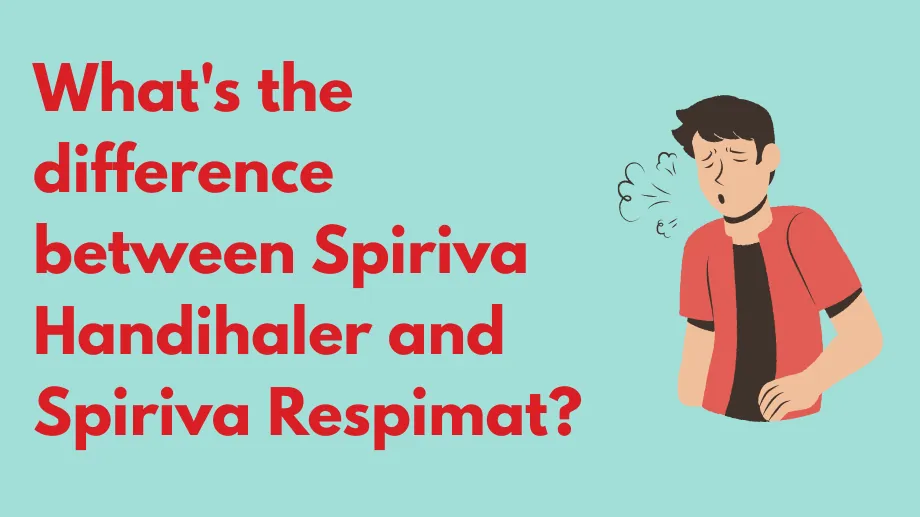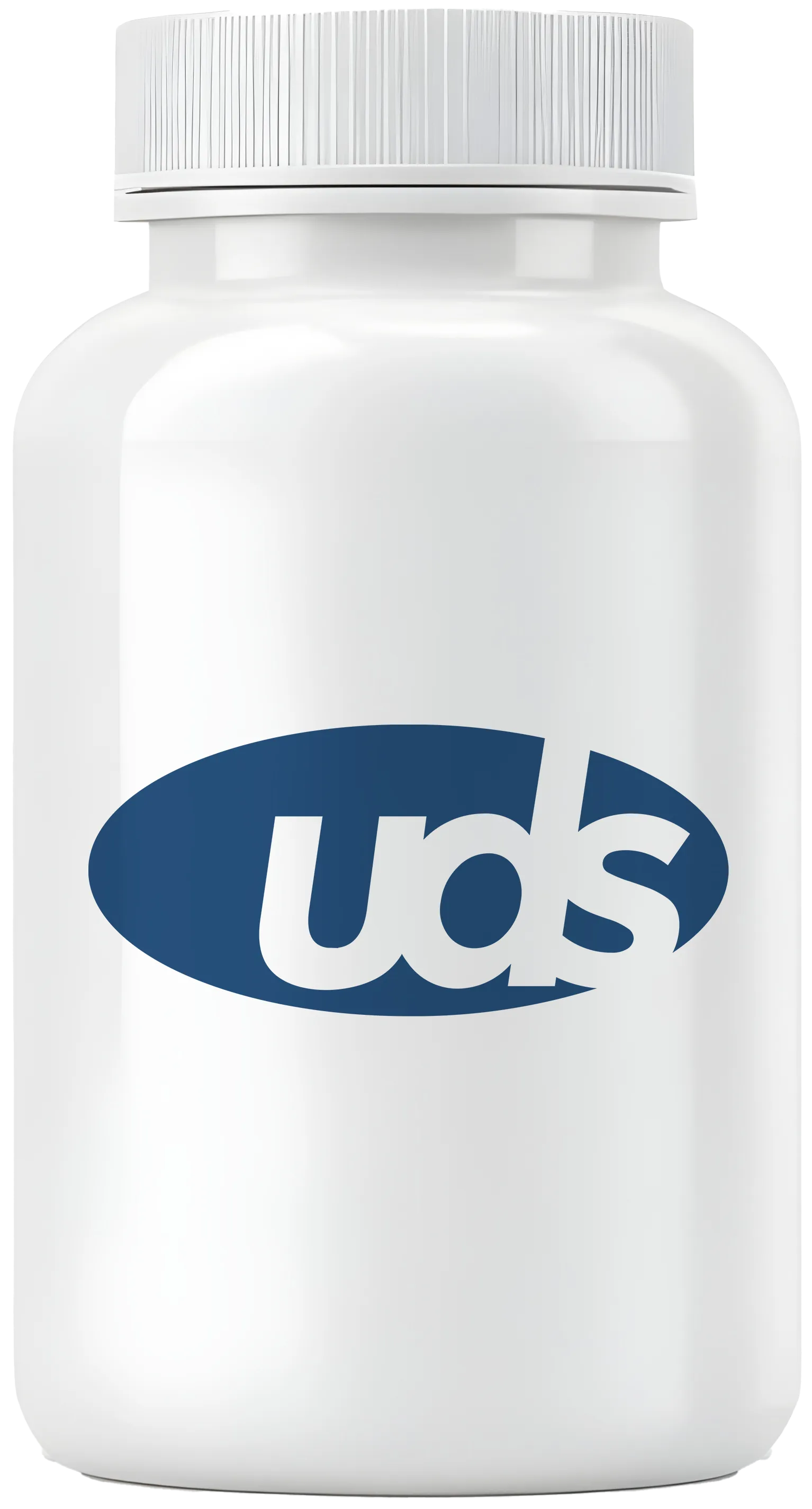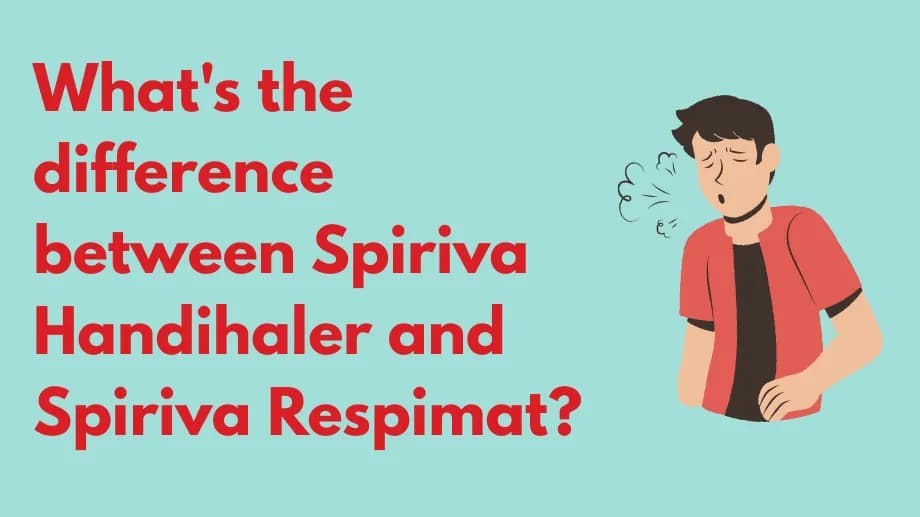What’s the difference between spiriva handihaler and spiriva respimat?

Spiriva treats bronchospasm in COPD (emphysema, chronic bronchitis) and asthma maintenance. It is not for acute attacks—use a rescue inhaler like albuterol for sudden symptoms.
Both HandiHaler and Respimat deliver the same active ingredient, tiotropium bromide, a long-acting muscarinic antagonist (LAMA) that relaxes airway muscles by blocking muscarinic receptors.
Formulation and delivery
- HandiHaler: dry‐powder capsules (18 mcg each). Place one capsule in the device and inhale twice daily (two inhalations from one capsule).
- Respimat: soft‐mist inhaler delivering 5 mcg per two puffs. Inhale two puffs once daily.
Dosing
- HandiHaler: 2 inhalations (one capsule) once daily
- Respimat: 2 puffs once daily (equivalent to 5 mcg)
Approved indications
- Both: maintenance treatment of COPD and reduction of exacerbations
- Respimat only: asthma maintenance in patients ≥ 6 years
Possible side effects
Common (HandiHaler & Respimat):
Shop Medications
- Upper respiratory infection
- Constipation
- Sore throat, cough
- Urinary tract infection
- Dry mouth, dry skin
- Sinus infection
- Increased heart rate, chest pain
Rare, serious:
- Allergic reaction
- Worsening bronchospasm
- Worsening narrow‑angle glaucoma
- Urinary retention
Drug interactions
- Safe with beta‑agonists and steroids
- Avoid other anticholinergic drugs
Precautions
Tell your provider if you have:
- Narrow‑angle glaucoma
- Allergy to tiotropium or related anticholinergics (atropine, ipratropium)
- Pregnancy or breastfeeding plans
- Urinary retention or difficulty urinating
Sources
- Spiriva HandiHaler (tiotropium bromide inhalation powder). Boehringer Ingelheim. Last update 12/2024. Accessed Apr 15, 2025.
- Spiriva Respimat (tiotropium bromide inhalation spray). Boehringer Ingelheim. Last update 1/2025. Accessed Apr 15, 2025.

